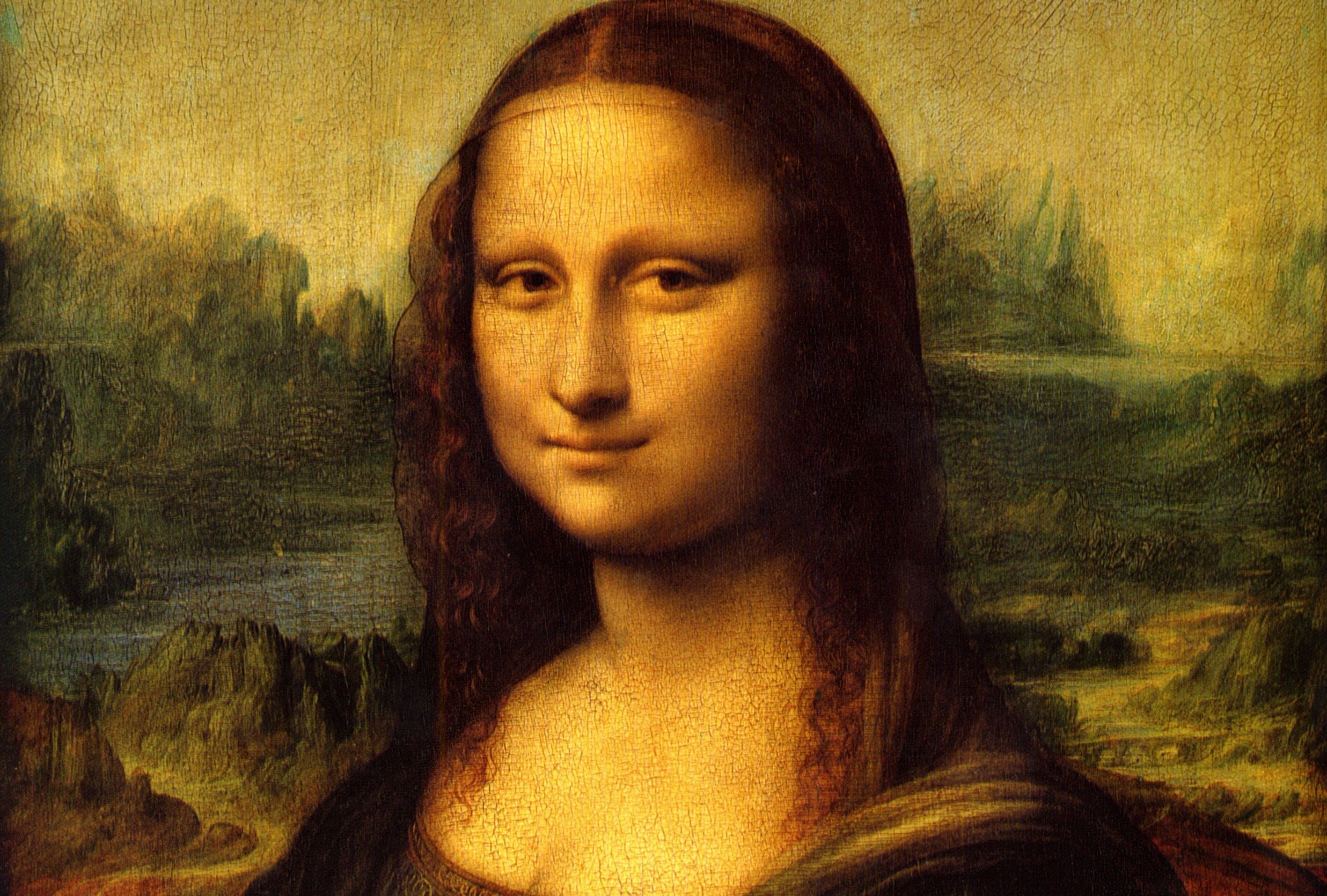The Mona Lisa is a half-length portrait painting by the Italian artist Leonardo da Vinci. It is considered an archetypal masterpiece of the Italian Renaissance, and has been described as "the best known, the most visited, the most written about, the most sung about, the most parodied work of art in the world"

The Mona Lisa's famous smile represents the sitter in the same way that the juniper branches represent Ginevra Benci and the ermine represents Cecilia Gallerani in their portraits, in Washington and Krakow respectively. It is a visual representation of the idea of happiness suggested by the word "gioconda" in Italian. Leonardo made this notion of happiness the central motif of the portrait: it is this notion that makes the work such an ideal. The nature of the landscape also plays a role. The middle distance, on the same level as the sitter's chest, is in warm colors. Men live in this space: there are a winding road and a bridge. This space represents the transition between the space of the sitter and the far distance, where the landscape becomes a wild and uninhabited space of rocks and water which stretches to the horizon, which Leonardo has cleverly drawn at the level of the sitter's eyes.


0 Comments
Thanks for being here, let us know if you have any question.